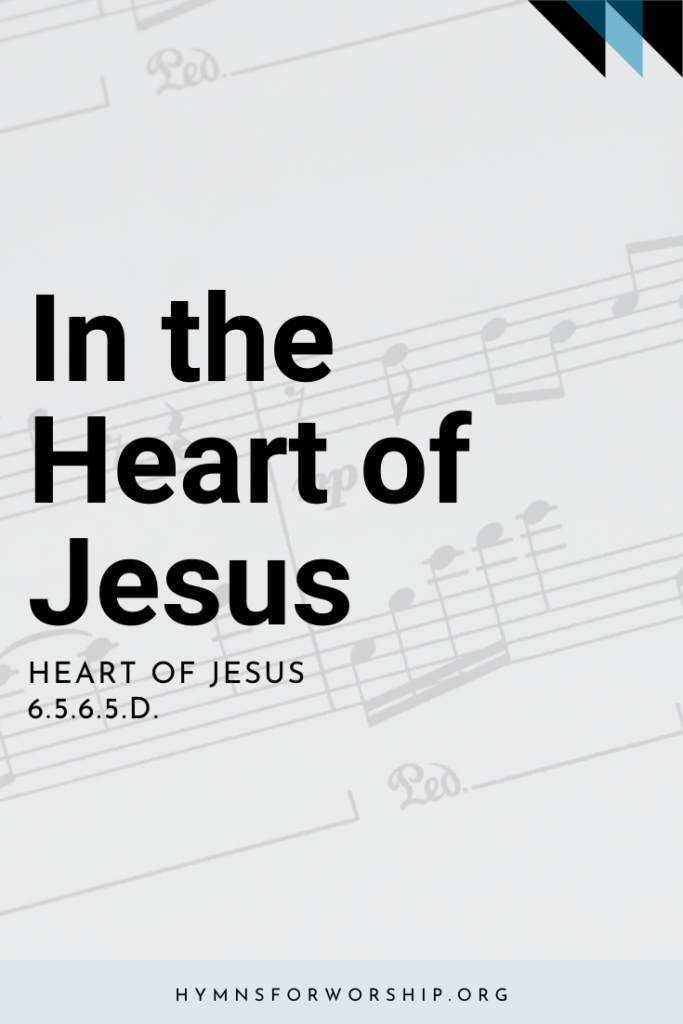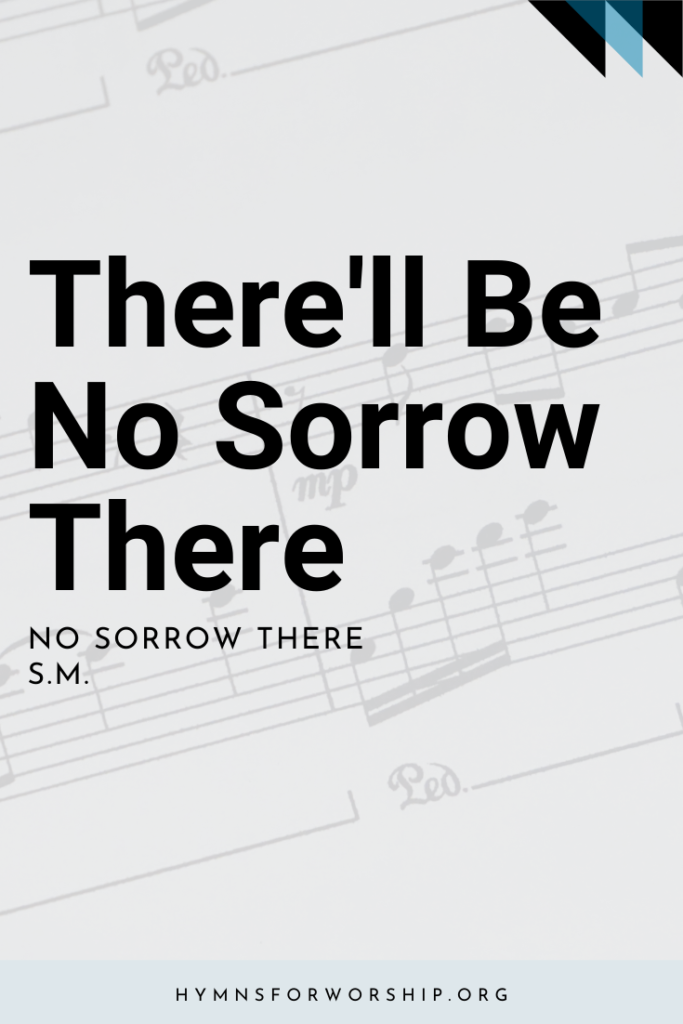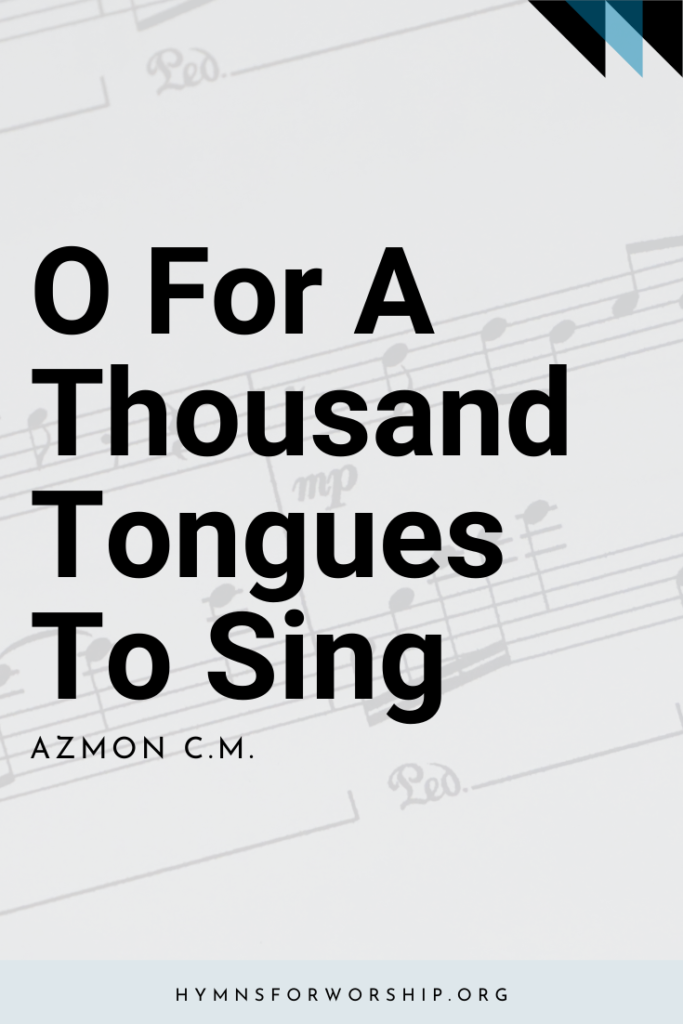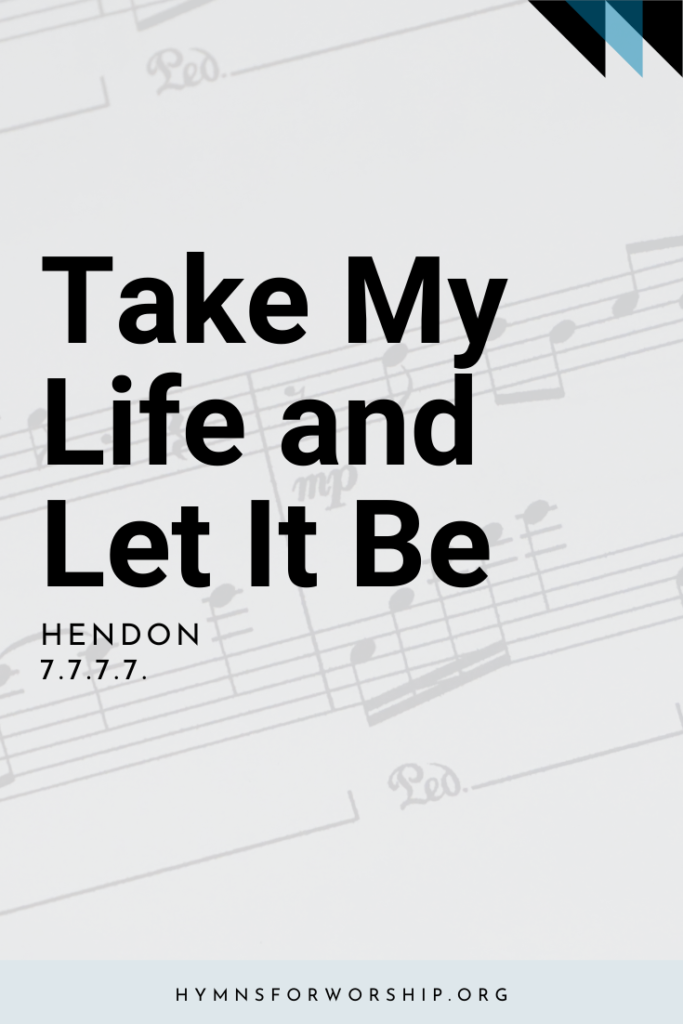GOSPEL >> Consecration
SDAH 321
My Jesus, I love thee, I know thou art mine;
for thee all the follies of sin I resign.
My gracious Redeemer, my Savior art thou;
if ever I loved thee, my Jesus, ’tis now.
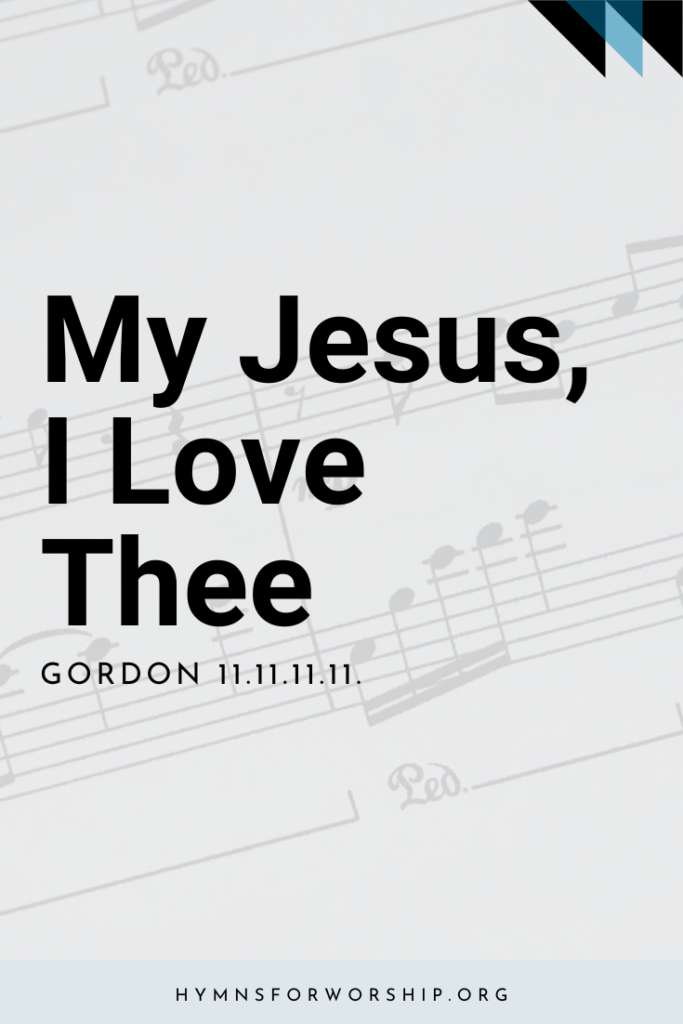

Text
1
My Jesus, I love thee, I know thou art mine;
for thee all the follies of sin I resign.
My gracious Redeemer, my Savior art thou;
if ever I loved thee, my Jesus, ’tis now.
2
I love thee because thou hast first loved me,
and purchased my pardon on Calvary’s tree;
I love thee for wearing the thorns on thy brow;
if ever I loved thee, my Jesus, ’tis now.
3
I’ll love Thee in life, I will love Thee ’til death,
And praise Thee as long as Thou lendest me breath;
And say when the death dew lies cold on my brow,
if ever I loved thee, my Jesus, ’tis now.
4
In mansions of glory and endless delight;
I’ll ever adore thee in heaven so bright;
I’ll sing with the glittering crown on my brow;
if ever I loved thee, my Jesus, ’tis now.

Hymn Info
Biblical Reference
(a) John 21:17; Isa 43:14, 3 (b) 1 John 4:19; Mark 15:17 (c) Ps 146:2 (d) John 14:2; Rev 2:10
Author
William Ralf Featherstone (1846-1873)
Hymn Tune
GORDON
Metrical Number
11.11.11.11.
Composer
Adoniram J. Gordon (1836-1895)

Get the hymn sheet in other keys here
Notes
Make each hymn more meaningful with these helpful tools: Short, ready-to-use hymn introductions for church bulletins, multiple ways to introduce a hymn based on your worship theme and in-depth history and insights to enrich your song service.


